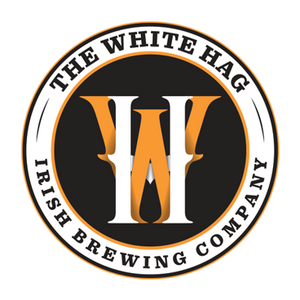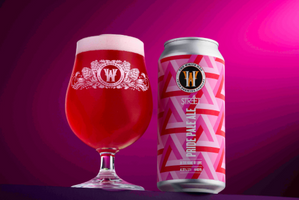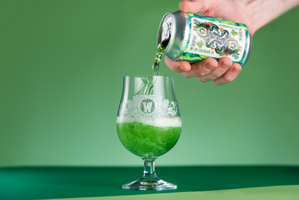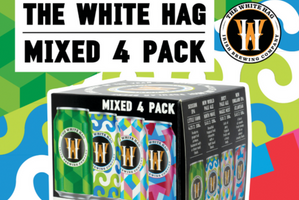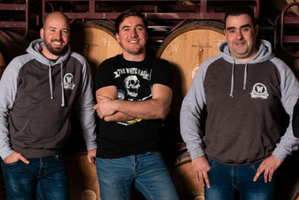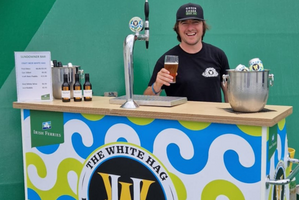Archive
- December 2024
Recent Post
Celebrate St. Patrick’s Day with The White Hag
Dec 13, 2024
The Best Christmas Gifts 2024 from The White Hag
Dec 13, 2024
In the Name of Love – Pride Pale Ale
To celebrate Pride 2024, we wanted to make a Hazy Pale Ale that everyone can enjoy but with a distinct individuality, just what Pride is all about! In The Name...
Read MoreCelebrate St. Patrick’s Day with The White Hag
The Serpent has been banished abroad – but still knocking around at home too! We are pretty blown away by the response so far to our gorgeous Green Pale...
Read MoreThe Best Christmas Gifts 2024 from The White Hag
It looks like we will all be getting in the Christmas spirit a little earlier this year, so we think it’s about time we launch this year’s Christmas gift offerings. To...
Read MoreGluten Free Little Fawn
The wait is over—by popular demand, Little Fawn is now available in 440ml cans, exclusively for independent off-trade and indie retail groups!
This best-selling session IPA, beloved for its fruity Mosaic hops and clean Irish malt base, is now also gluten-free certified—so everyone can enjoy its legendary flavour.
Stay tuned for more updates, and grab your 440ml cans soon. Here’s to sharing even more great brews with you!
Read MoreNew Launch - Mixed 4 pack
Are you tired of the same old boring beer options? Do you crave variety and excitement in your brews? Well, hold on to your pint glasses because the Fantastic Four...
Read MoreOur team in 2022
We are thrilled to announce the newest addition to our team at XYZ Company. With a passion for innovation and a drive for success, our new team member brings a...
Read MoreIrish Ferries Partnership
Irish Ferries, a leading ferry company in Ireland, has recently announced an exciting partnership with a local craft beer brewery. This collaboration aims to enhance the onboard experience for passengers...
Read More